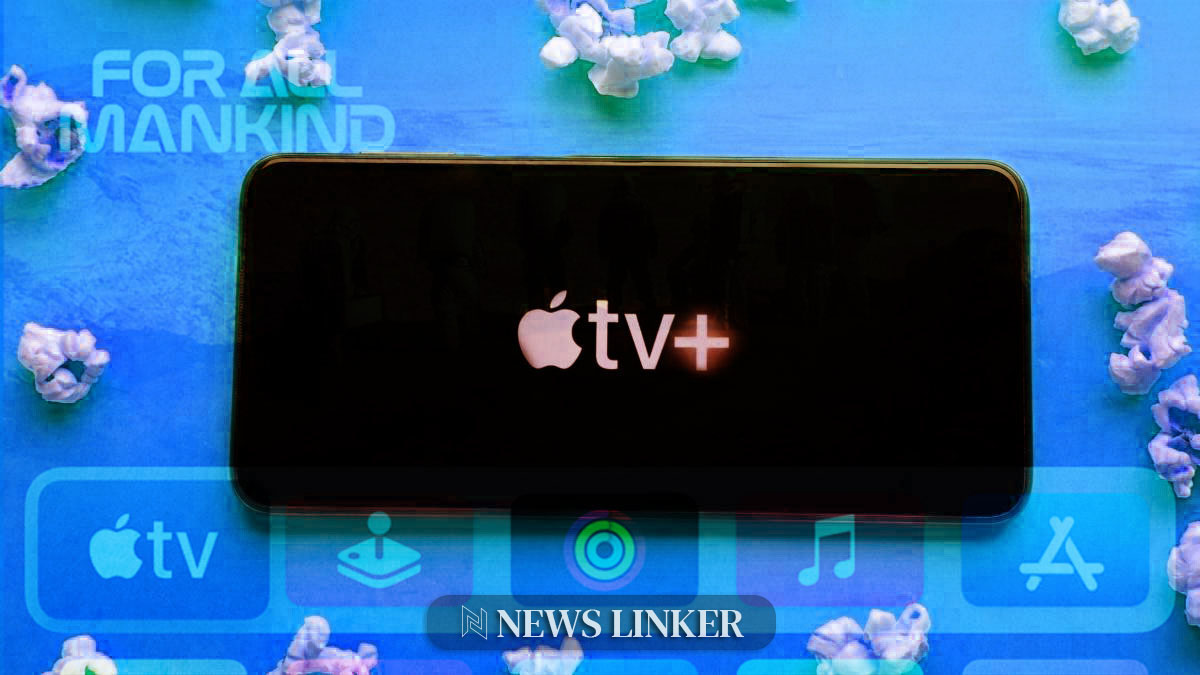Apple, the tech giant synonymous with innovation, is set to transform the music industry with its latest initiative to incentivize spatial audio content. Starting next year, artists and record labels releasing music in spatial audio, an immersive audio format, will receive added benefits, potentially including higher royalties. This move aligns with Apple’s strategy to make spatial audio a cornerstone feature across its devices, including AirPods, HomePod, iPhone, and the upcoming Vision Pro headset.
The Spatial Audio Revolution
Spatial audio, powered by Dolby Atmos technology, was integrated into Apple Music in 2021 and has since been a focal point of Apple’s audio experience. This format offers a more enveloping sound compared to traditional stereo, enhancing the listener’s experience. Apple’s initiative is not just about enhancing the audio experience but also about encouraging artists to adopt this advanced technology. Interestingly, artists will be rewarded for merely making their music available in spatial audio format, regardless of whether users stream the songs in this format.

A Wider Industry Impact
While Apple Music, Amazon Music, and Tidal have embraced spatial audio, Spotify, Apple’s chief competitor in music streaming, has yet to adopt this technology. Apple’s move could potentially create a shift in the industry, compelling other services to consider incorporating spatial audio.
Financial Implications for Artists
The introduction of spatial audio and the associated incentives could have significant financial implications for artists and record labels. With Apple’s added weighting, artists releasing music in this format stand to benefit financially, making it an attractive proposition. This initiative also opens the door for independent musicians and smaller acts to explore spatial audio, as the cost of mixing music in this format is reportedly not prohibitive.
Apple’s Strategic Vision
Apple’s focus on spatial audio is part of a broader strategy to integrate advanced technology into its ecosystem, enhancing user experiences across its product range. This initiative reflects Apple’s commitment to pushing the boundaries of technology and its impact on the creative industry. By incentivizing spatial audio, Apple not only enhances its platform’s appeal but also supports artists in embracing new technologies.
As Apple continues to drive the adoption of spatial audio, the future of music on its platform looks increasingly immersive. This initiative could mark a significant shift in how music is produced and consumed, with Apple leading the charge in this new auditory experience. The move could potentially reshape the music industry, setting new standards for audio quality and listener engagement.










